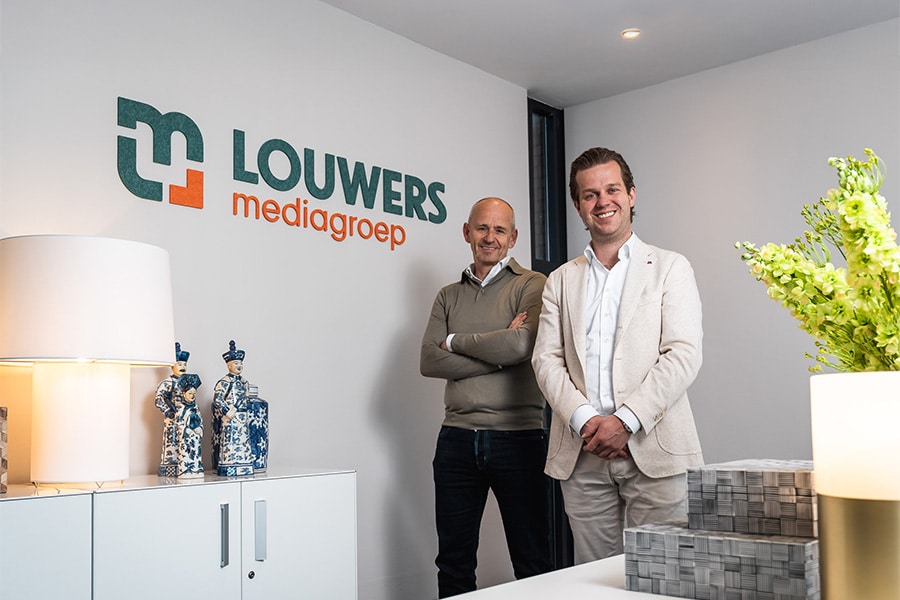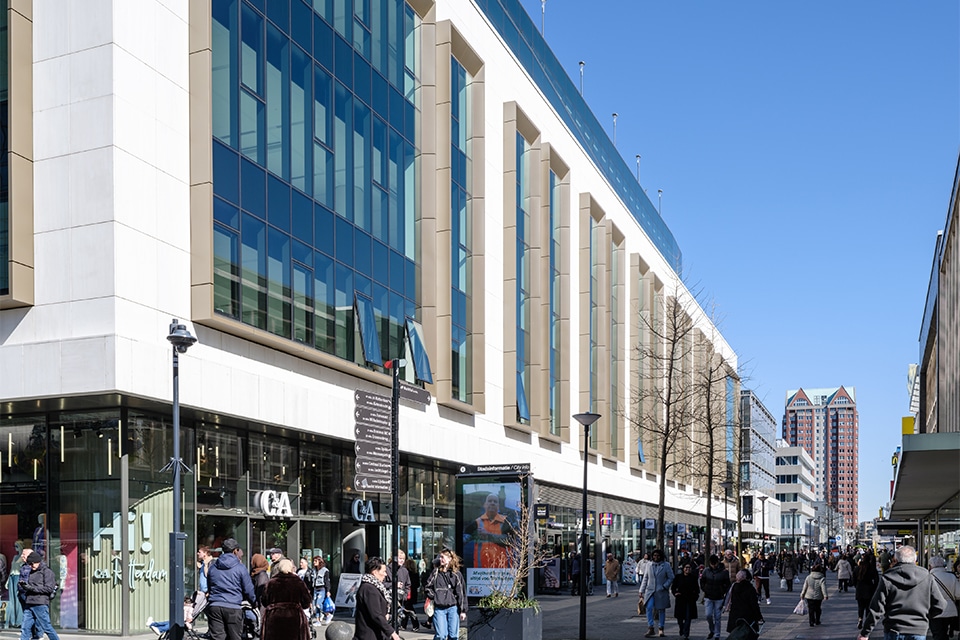
The route to 2030
With the circular construction economy as a dot on the horizon, we are making strides every day. Clients are making higher demands in terms of sustainability. Architects, developers and contractors are increasingly looking at what is already there, from renovation and reuse. Manufacturers are working on their recycling, on materials and products that are less harmful and have a longer lifespan. Looking at materials and processes differently requires creativity and being open to new ideas.

Innovation in practice
The developments described above reinforce each other and are already yielding results today. For example, the first window frames with profiles made of bio-attributed PVC were recently installed in a BAM sustainability project. In bio-attributed PVC, the fossil raw material is partially replaced by a renewable alternative: in this case, residual material from sustainable forestry and agriculture. This makes the profiles many times more sustainable than traditional PVC, with CO2 savings of up to 90%, without any loss of quality.

360 degrees around
Another striking example is the renovation of a gallery apartment building on the Rudolf Garrelsstraat in Purmerend. Architect Karin Dorrepaal drew the plans for the renovation on behalf of DOOR architects, with plenty of room for sustainability. A special element is the creation of more living space by converting the garage boxes on the first floor into apartments. It not only increases the living space, but also the social safety around the flat. When built in the 1980s, the original window frames had been supplied by a VKG Hallmark manufacturer. The new frames are again from the same manufacturer and consist of 100% recycled PVC, a first and it completes the circle. The higher sustainability requirements combined with the ever-present quality requirements do not compromise the aesthetic value and user-friendliness for residents. The gallery apartment in Purmerend is also an appealing example in this respect, for which it won the VKG Architecture Award in the Renovation category. A beautiful inspiration in the task of renovating the many outdated gallery flats in the Netherlands.

Plastic recycling
When we talk about the circular (construction) economy, we cannot ignore the R-ladder. This model is used by the central government, among others, and shows the different strategies of circularity. Recycling is an important factor, especially with the shortage of raw materials. Recycling can be high-grade and low-grade. In the high-grade variant, the raw materials retain the same value and that is what we do within the VKG Recycling System. The plastic from old window frames is crushed into a clean PVC grain; the basis for new window frames. The best part of this process is that it can be repeated up to 10 times. Meanwhile, every new plastic window frame consists of an average of 40% of recycled plastic. The industry aims to raise this average percentage of recycled material to at least 50% by 2030.
Demolition becomes mining
The current shortage of raw materials and sustainability requirements and legislation thus give a strong impetus to dealing with raw materials differently. It requires ongoing innovation and investment in knowledge and techniques. Thus you see that detachability is becoming a bigger and bigger issue. The accurate dismantling, or mining, of demolition buildings is topical and a prerequisite for maximizing recycling. In his role as industry manager at VKG, Edwin van Houten is busy connecting now and the future. "We are moving from demolition to dismantling, that is inevitable. That means there is a significant change in the design phase. Window frames must be easy to assemble now, so they can be easily disassembled later. Materials that are of high quality can be used in other projects. This means that for every building being erected now, the construction industry must think about this detachability and about the lifespan of materials, so that reuse can later be the order of the day. So if an element is placed today, you want to know now where the (recycled) material will be in, say, 50 years."
What does that mean for the plastic frame industry?
The image of "building in the factory" and "finishing" on the construction site plays a major role within the plastic window frame industry. Manufacturers are looking into prefab construction and the challenges it brings to the industry. Prefab construction wants the total product, however, plastic window frames are not yet always suitable for glazed installation. Smart developments are needed to fully meet prefab demand. Further developments here are an important step in the sustainability task in construction.
A powerful collective
When it comes to joining forces from an industry association perspective, Van Houten sees opportunities and successes. He mentions the success achieved on the lead standard. "It has been recognized that the plastic window frame industry has a closed recycling loop and no lead 'leaks'. Partly due to VKG's effort and knowledge transfer, an exception has therefore been adopted in the law so that it no longer creates barriers to the recycling of plastic window frames from before 2004. This brings mountains of perfectly recyclable plastic window frames waste. Add to this the innovations from and developments at member suppliers, profile suppliers and manufacturers, the impact we can deliver to the circular building economy is huge."
Heeft u vragen over dit artikel, project of product?
Neem dan rechtstreeks contact op met VKG - Vereniging Kunststof Gevelelementenindustrie.
 Contact opnemen
Contact opnemen



